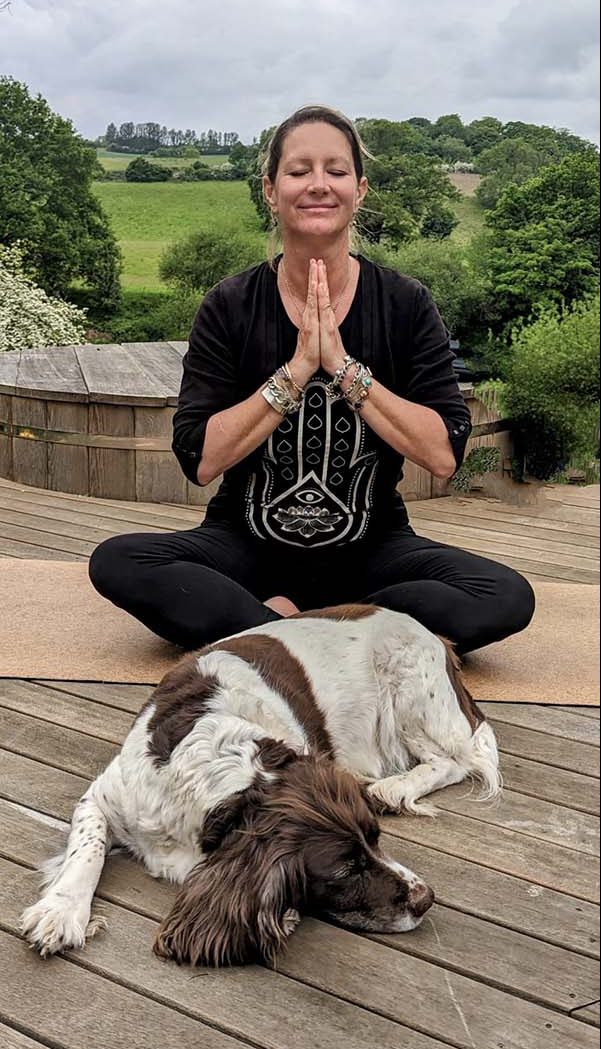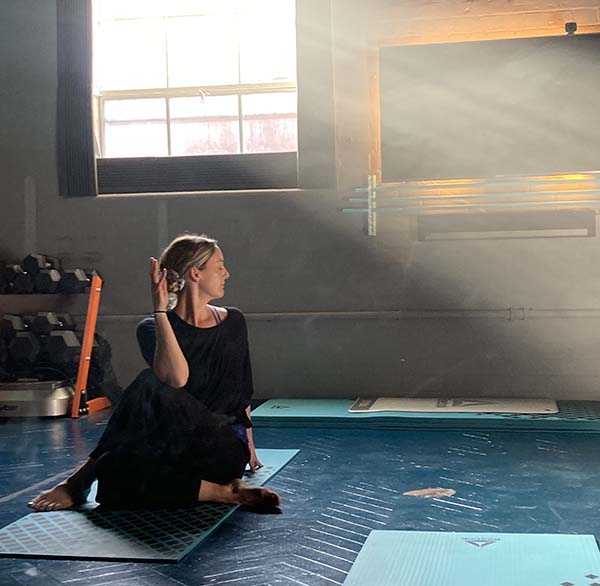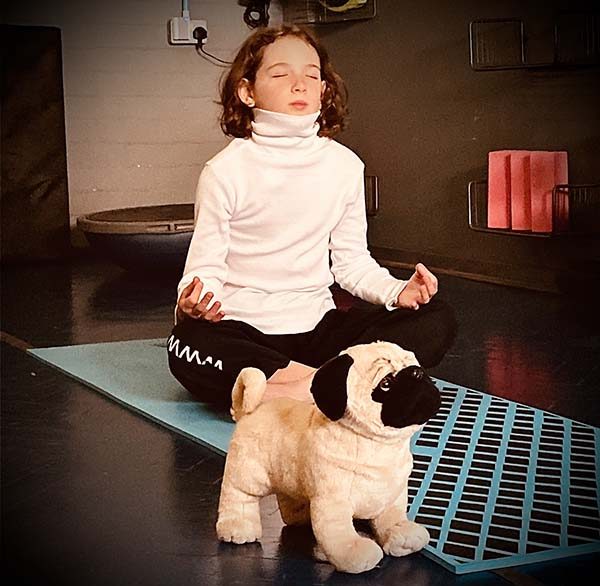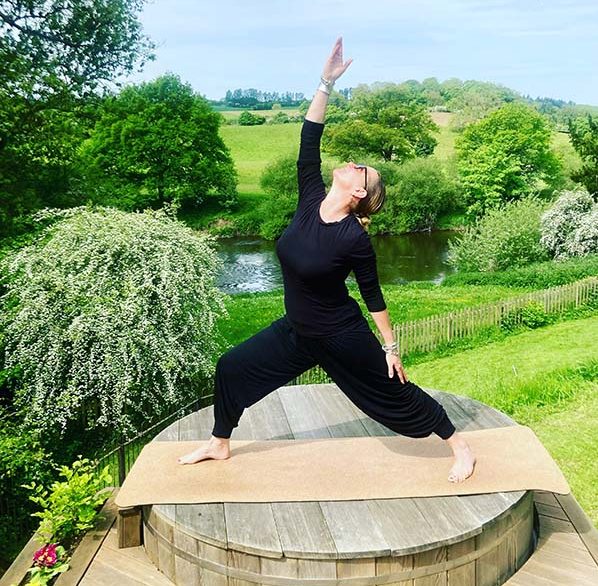YOGA
When most people think of yoga, they often imagine a slender, gorgeous person gracefully tying themselves in knots. However, the “asana” part of yoga – the postures or positions of the body to improve strength, flexibility, balance and focus – is only the 3rdof 8 limbs of the yogic philosophy and practice.
The Eight-Limb path of yoga is the path of evolution of Self, requiring restraint, observation, action and practice in all of the eight limbs, leading to a life of freedom, full of joy and creativity.
The Eight-Limb Path of Yoga is as follows:
- Yamas – The Five Moral Restraints
- Ahimsa – nonviolence – kindness
- Satya – truthfulness
- Asteya – non-stealing
- Brahmacarya – moderation
- Aparigraha – non-hoarding, self-reliance, generosity
- Niyamas – The Five Observances
1.1 Sauca – purity, cleanliness
1.2 Santosa – contentment, gratitude
1.3 Tapas – zeal, austerity, self-discipline
1.4 Svadhyaya – self-study, study of texts
1.5 Isvara-pranidhana – devotion to a higher power – surrender
- Asana – Postures
Positions of the body which involve the mind and spirit to create strength, flexibility, balance and focus.
- Pranayama – Mindful breathing
Expansion of vital energy or life force through control of the breath.
- Pratyahara – Turning Inward
Withdrawal of the senses to the mind.
- Dharana – Concentration
Focusing, Attention
- Dhyana – Meditation
Reflection, Observation
- Samadhi – Bliss
Union of the Self with object of meditation. Tranquillity, Fulfilment, Spiritual Illumination, the seeker becomes the Seer.


You don’t need blocks, or swings or trapezes. You don’t even need a mat.
Yoga can be practiced anywhere and anytime.
yoga
ˈjəʊɡə/
noun
- a Hindu spiritual and ascetic discipline, a part of which, including breath control, simple meditation, and the adoption of specific bodily postures, is widely practised for health and relaxation.
But it is so much more…
Many people feel that, as with so many things, the essence of yoga has been significantly watered down on its journey from the East to the West. We must remember that there should always be room for growth, evolution and change, but the essence of yoga is the same for all of us; aspiring to grow, observing self, discernment (letting go of ignorance) and integrity.
You may join a yoga class and really enjoy it, and then try another one and not like it at all. You may feel a connection with one yoga teacher and then have no connection with another one at all. It’s just about finding what fits with you, and fits with where you are on your wellness journey.

Yoga is for everyone.
I grew up with a close relationship to yoga and spent much of my childhood at the Ashram where my mam trained as a yoga teacher. She practiced and taught there for many years. The time spent at the Ashram was always filled with a joy and sense of quiet contentment. I like to think that much of who I am today is with thanks to the time my family and I spent at the Ashram, learning to be curious of the many healing modalities available to us that historically have not been available to western, mainstream culture.
I took a long break from yoga classes as I moved into my teenage and adult years. I then tried yoga in several different countries, with several different teachers, but I was never able to find that quiet contentment I so longed for.
One day in Mozambique, where we were living at the time, a Yogi came to our restaurant. He was the real deal. We spoke for a long time, and I shared with him my longing to get back to yoga and his answer to me was, “well then just start.” So I did.
Within a few years I was a qualified teacher with my own wellness business. I may not be the right fit for you, but this is what you can expect from my teaching:
* Breathing. Inhaling the future and exhaling the past. Inhaling acceptance and exhaling judgment.
* Stretching. Feeling your body, truly feeling it. The slow and gentle opening and lengthening of our physical tissue, feeling no pain. A journey within.
* Quiet. A quiet mind. Listening to where your breath is, what the essence of your thoughts is, and tuning into your body and noticing your thoughts, being curious of every experience.
* Freedom. The more you practice, the lighter and more flexible you feel and the easier it is to move through life with joyful ease.
* Humour. Accepting our “imperfections” with grace and joy and loving our limitations as part of our magical whole.
* Unity. There is no competition. We are each on our yogic journey, but we do not journey alone.
* Joy. It is not about what you have been able to achieve physically during your yoga practice, but how well your mind and body have connected, how your breath has supported you and your connection to Spirit (whatever you believe that to be).
Yoga is not a religion or a belief. You can practice yoga together with any religion, or none. No amount of mind-body awareness and connectivity to the universe will ever interfere with your spiritual belief. In fact, if practiced correctly it can only enhance it.
Even if you are unable to get on the mat, you can still practice yoga in your daily life without doing the downward dog.
You can breathe.
You can stretch.
You can find quiet.
You can be free.
You can unite.
You can feel joy.
The best part of practicing yoga is sharing it. Kindness, generosity, flexibility, balance, attention, reflection, joy. This is what I aim to realise in my yoga classes, and this is what I hope my students share with their families, friends and all those they meet.
It is a wonderful journey of self-discovery and self-acceptance, learning to love and care for every part of our Self, and from that place creating a more beautiful world.
If you do honour me and join that journey with me, my aim is to help you to see the beauty within you.
Namaste.



